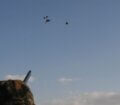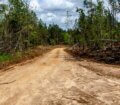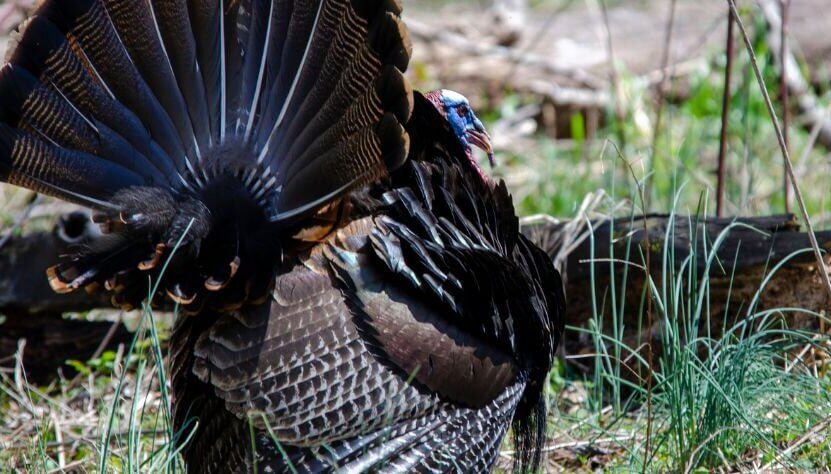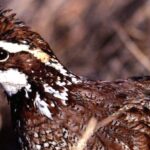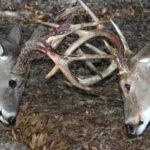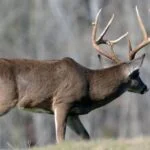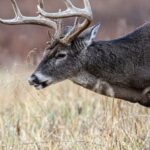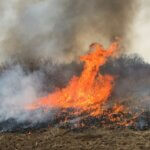Editor’s Note: Chuck Sykes, the Director of Wildlife and Freshwater Fisheries in the Alabama Department of Conservation and Natural Resources (DCNR), has realized the growing demand by public-land deer and turkey hunters to have opportunities to hunt lands intensively managed wildlife like owners manage their private lands. These strategies when used can help you improve the land you hunt, if you own the land or have the landowner’s permission to implement these land-management tactics. You may need several years to finance the cash to make these improvements over the next several years. Then you drastically increase the amount of wildlife on the properties you hunt and have a game plan for your land set in place.

Maintaining Roads: Roads on public lands aren’t just for vehicles. The planting of pine trees on public lands shades out the road, and the road will resemble a tunnel.
“The DCNR does road maintenance by thinning pines and other brush back to 20 – 30 feet on each side of a road,” Sykes reports. “Then more sun can hit the roads and cause them to dry out quicker than if the roads are shaded. We create ditches on the sides of the roads and crown the roads to help drain water off the roads. These operations reduce the amount of time we have to spend maintaining roads.
“We also make a clearing from the ditch on the side of the road up to the road that we can disc to create a habitat where turkey poults and quail chicks can feed and grow. Another need that wildlife has, especially turkeys and quail, is grit for their craws. So, we put gravel alongside the roads, the birds eat that gravel, and it grinds up the food in their craws.”
Control Predators: To have more turkeys and deer, you must control predator populations on the lands you hunt. You can get help from your state, since in most states anyone who wants to buy a trapping permit can trap furbearers on public lands. Some of the worst predators – coons, coyotes, possums, skunks, foxes, and bobcats especially – impact turkeys and ground-nesting birds.
But Sykes reports, “Don’t overlook the fact that feral hogs also eat turkey eggs, destroy nests and kill turkey poults and deer fawns. At one hunting area in Alabama, wildlife biologists and crews have trapped over 600 wild hogs in one year. However, trapping is very labor-intensive and time-consuming. Predator removal is much like cutting grass. You have to do it weekly or bi-weekly every year to positively impact wildlife.
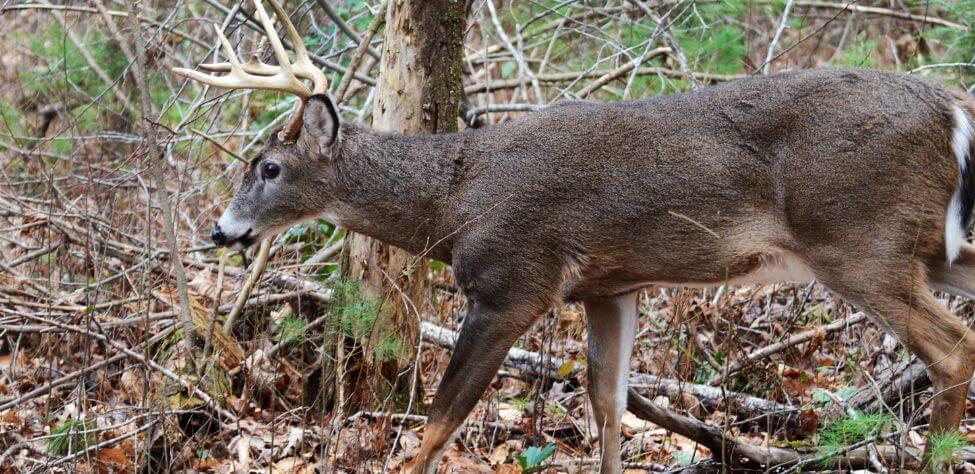
“If I were a private landowner, I’d trap raccoons and possums just before March to reduce those predator numbers before turkeys start nesting. To increase my deer herd, I’d trap coyotes and bobcats in August when fawns are just being born.”
Dr. Stephen Ditchkoff, a longtime feral-hog researcher from Auburn University, believes that a group of wildlife scientists are within 5 years of producing, “A toxicant made of sodium nitrite in a bait form and using feeders to deliver it to wild pigs. This chemical has proved to be a humane but very-effective toxicant. Scientists hope that landowners and hunting-club members will be able to use this toxicant to target feral pigs and eliminate them on agricultural lands and hunting properties.”
However, according to Sykes, “Actually, a landowner can do a better job for wildlife for less time and money by improving habitat than if he traps every predator on his land. By doing an effective job at burning, thinning timber, and creating a better habitat where little critters like turkey poults, baby fawns, and quail chicks can get away and hide from predators, then we have done a much better job to help produce more wildlife with the amount of time and money we have, than if we rely only on trapping for predator removal.”
Tomorrow: Understand Trees, Mulching and Leasing Farming Rights

